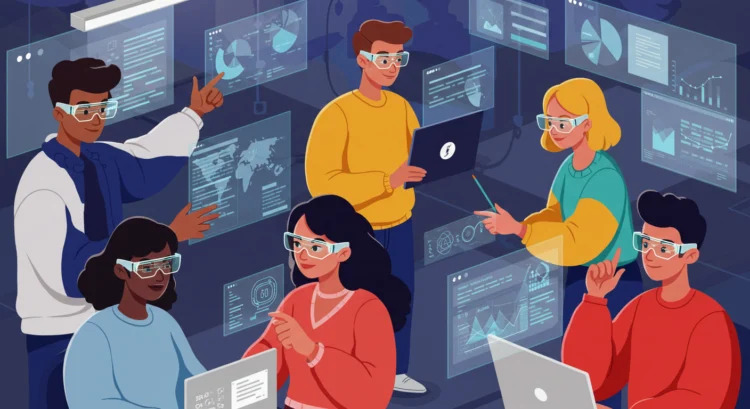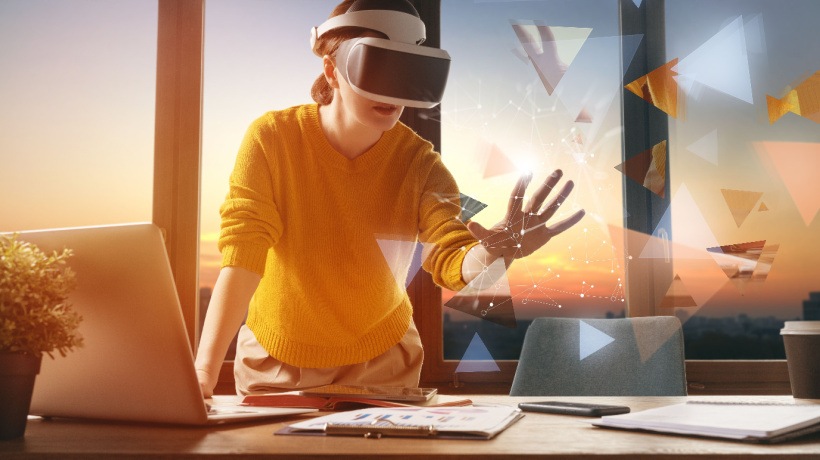Online learning has evolved rapidly in recent years, driven by technological advances that make learning more accessible, interactive, and efficient. From artificial intelligence to virtual reality, these innovations are transforming the way students and teachers connect with knowledge. Check out five striking examples of technological innovations in online learning.
1. Artificial Intelligence and Personalized Learning
Artificial intelligence (AI) is revolutionizing online education by enabling more personalized learning. Educational platforms use AI to analyze student performance and adapt content to their needs. Systems such as educational chatbots assist students in real time, answering questions and offering personalized support, improving knowledge retention.
2. Virtual Reality and Augmented Reality
Virtual reality (VR) and augmented reality (AR) provide immersive experiences that make learning more engaging. Using VR headsets, students can explore three-dimensional environments, such as virtual museums or simulated science labs. AR, on the other hand, allows digital objects to be projected onto the real world, making it easier to understand complex concepts in areas such as anatomy, physics, and engineering.
3. Gamification and Interactive Learning
Gamification has been widely used to increase student engagement in online learning. Educational platforms incorporate game elements such as challenges, rewards and leaderboards to make learning more dynamic and motivating. Apps like Duolingo, which teach languages through interactive challenges, demonstrate how this approach can increase student retention and engagement.
4. Data Intelligence-Powered Teaching Platforms
Educational data analytics enable teachers and institutions to track student progress more effectively. Learning analytics systems monitor student participation, performance, and learning patterns, providing valuable insights to improve teaching. These platforms help identify challenges and suggest adjustments to teaching materials to optimize learning.
5. Live Classes with Enhanced Interaction
With the advancement of videoconferencing technologies, live classes are becoming increasingly interactive. Tools such as Zoom, Google Meet and Microsoft Teams offer features such as polls, digital whiteboards and discussion rooms, allowing teachers to create collaborative learning experiences even remotely. In addition, the use of automatic captions and simultaneous translation increases the accessibility of online teaching.
Online learning is constantly evolving, and these technological innovations show how education can become more efficient, accessible, and engaging. As new technologies emerge, remote learning will continue to transform, offering even more enriching opportunities for students around the world.
Quelle:




